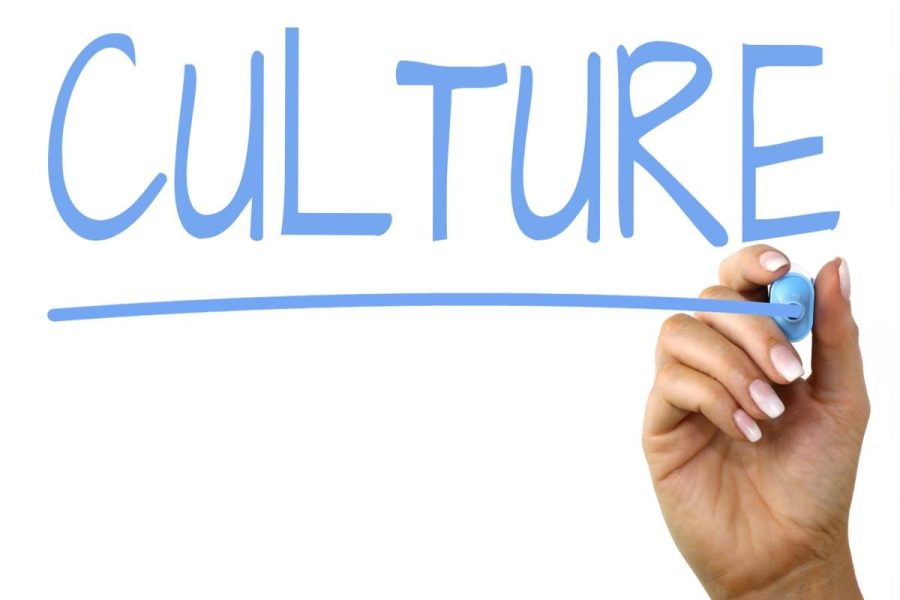An Analysis of the Culture of Bigotry at BFA
March 2, 2022
This year the Bellows Free Academy community has been struck by multiple instances of harmful bigoted behavior, like the racist meme that was airdropped to students in the cafeteria on Sept. 17. and, according to Andrew Weinstein (’22) who works with BFA’s janitorial staff, an anti-Semitic poster that had been taped up outside the connector.
These lone incidents, while compelling focal points of the larger story of bigotry at the school, are not holistically representative of the school’s culture. They are but two symptoms of what could be a far worse disease.
The Mercury put out an anonymous survey to students to investigate the BFA’s culture around the issue of bigotry.
Of the 42 respondents, 22 said they felt there was either a slight or great increase in bigotry since they began attending BFA. According to one response, “There has been a large shift in the culture of bigotry at BFA. When I was a freshman, bigotry was a present issue that impacted my life from time to time, but it was not nearly as severe then as it is now.”
Fifteen students said they felt there had been no change in bigotry, and five said they felt there has been a slight or great decrease in bigotry.
The majority of students seem to agree that bigotry is on the rise. Of the 15 respondents that said they felt there had been no change in the culture, 11 said that they at least felt that bigotry was a problem at the school. Three respondents said they weren’t sure if it was a problem, and only one respondent said it wasn’t a problem.
A few respondents left stories of what they had witnessed happen including students, “ripping off the black history month poster and leaving it in the urinal,” “being called the f-slur, [and] being made fun of for being gay” as well as “[misgendering] transgender individuals repeatedly, even after being reminded of their identity.”
These results firmly establish that the student base does feel there is a bigotry issue in our school culture, but simply knowing that there is one doesn’t give us enough information, and so respondents were also asked to specify what types of bigotry they have witnessed at school.
The most common forms of bigotry at the school appear to be homophobia, racism, transphobia and sexism, with these forms receiving a respective 27, 24, 22 and 22 mentions in the survey. Less widespread forms include classism, with 11 mentions, and xenophobia with nine as well as one mention of anti-Semitism.
While it is very easy to point to these responses and conclude that bigotry is indeed a prevalent and growing issue at BFA, it still leaves “how” very unresolved. If students seem in agreement that there is a problem, why is it not being solved?
One possible answer put forward by a responder was: “[Nine] times out of 10, the people who are affected by this don’t say anything about it. They don’t tell anyone because they don’t think it’ll make a difference, or they think it’ll make it worse.”
That answer would suggest that the heart of the issue is twofold: one side being a lack of student trust in administration to actually bring about substantive change to the situation, and the other being a fear that bringing attention to the issue would only fuel the flames.

